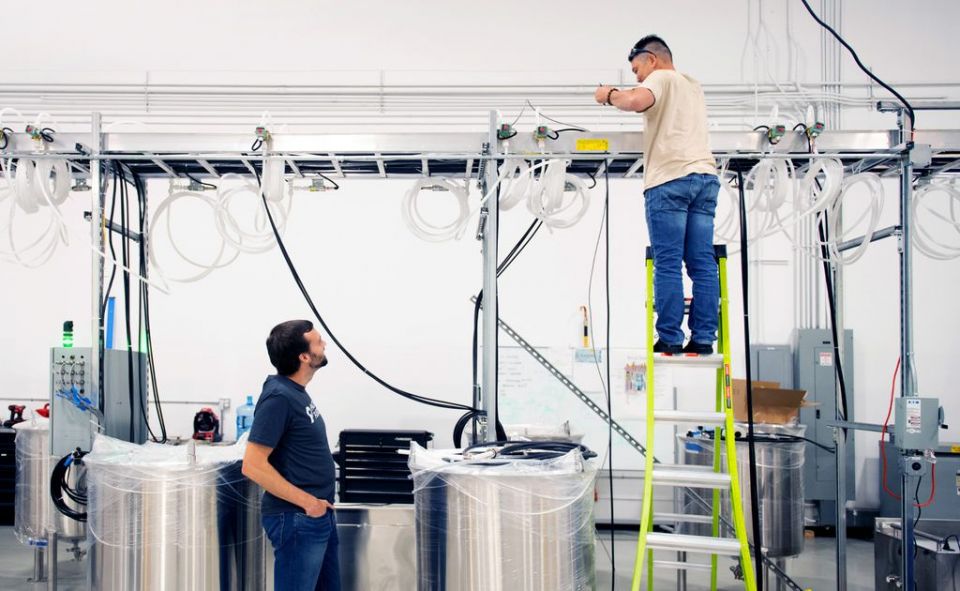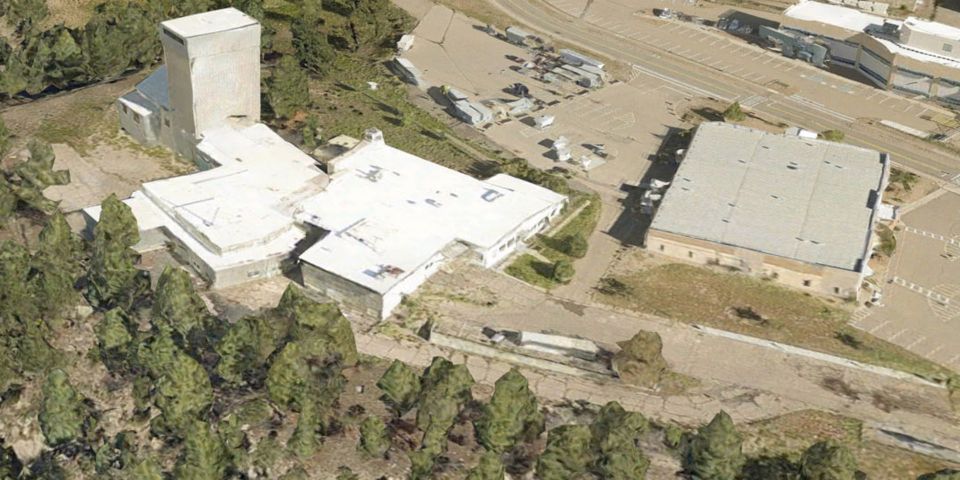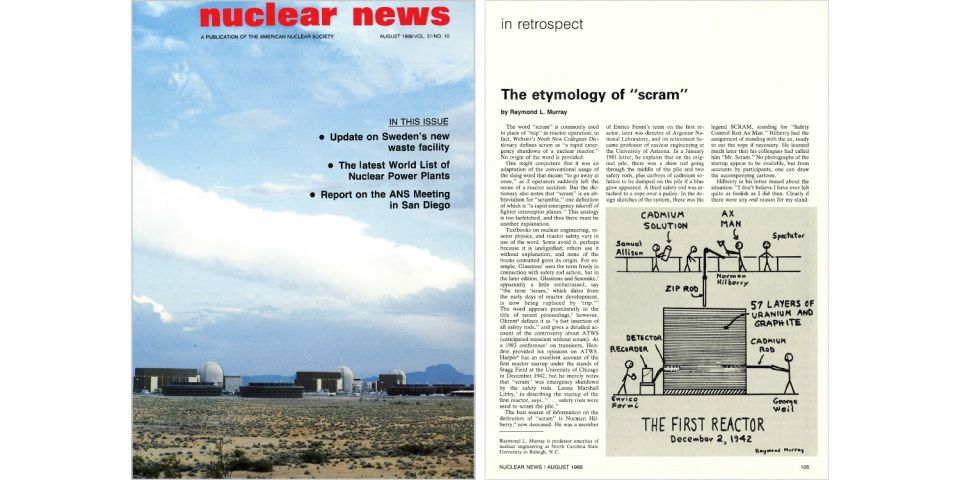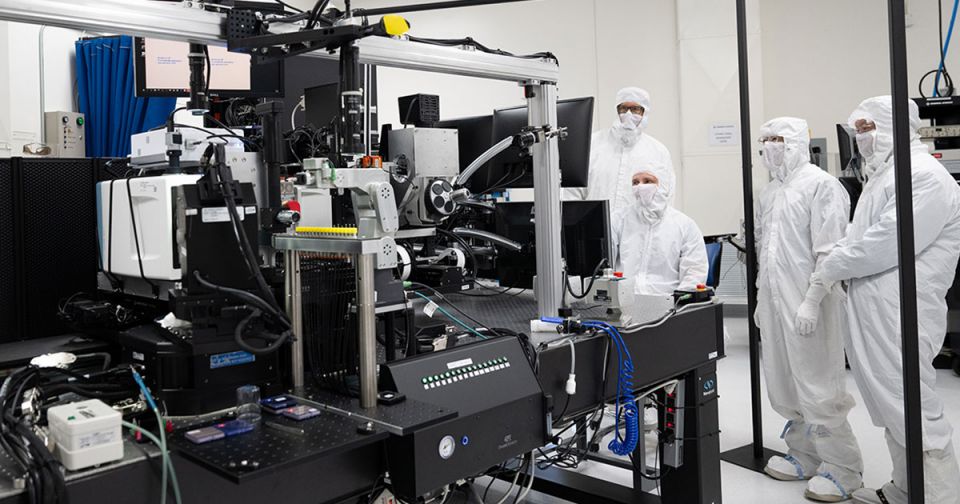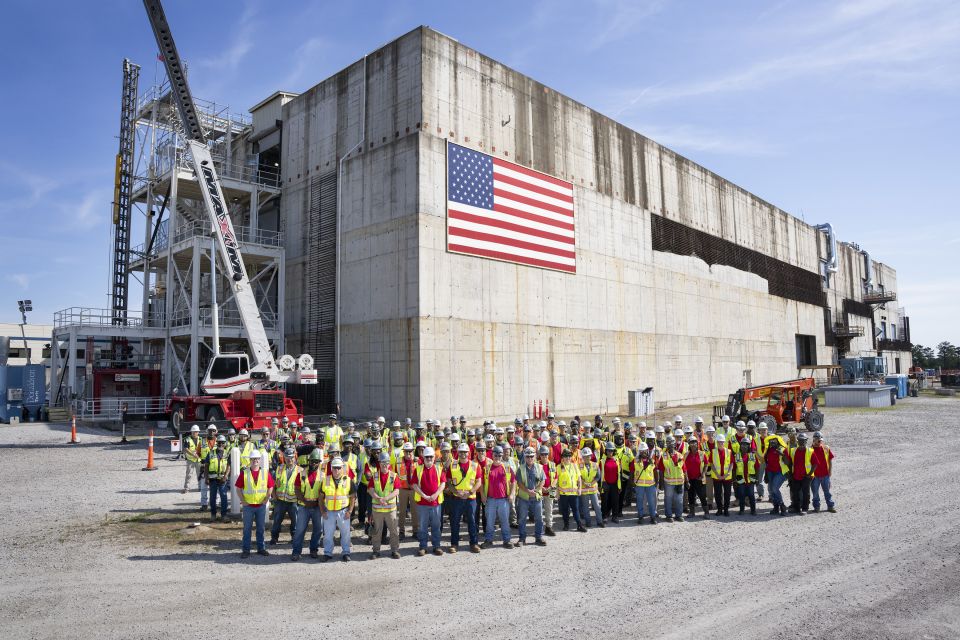Big Bang fusion 13.8 billion years ago and its importance today
In Big Bang nucleosynthesis (BBN), the deuterium-tritium (DT) fusion reaction 3H(d,n)4He, enhanced by the 3/2+ “Bretscher resonance,” is responsible for 99 percent of primordial helium-4. While this fact has been known for decades, it has not been widely appreciated. The importance of the resonant nature of the DT fusion reaction has been amplified by recent activities related to the production and use of terrestrial fusion, including the recent net-gain shot at the National Ignition Facility (NIF). Here, we aim to highlight the anthropic importance of the 4He-producing DT reaction that plays such a prominent role in models of nucleosynthetic processes occurring in the early universe. This primordial helium serves as a source for the subsequent creation of more than 25 percent of the carbon (12C) and other heavier elements that compose a substantial fraction of the human body. Further studies are required to determine a better characterization of the amount of 12C than this lower limit of 25 percent. Some scenarios of core stellar nucleosynthetic yield of 12C suggest that even higher percentages of carbon from primordial helium are possible.



.jpg)
